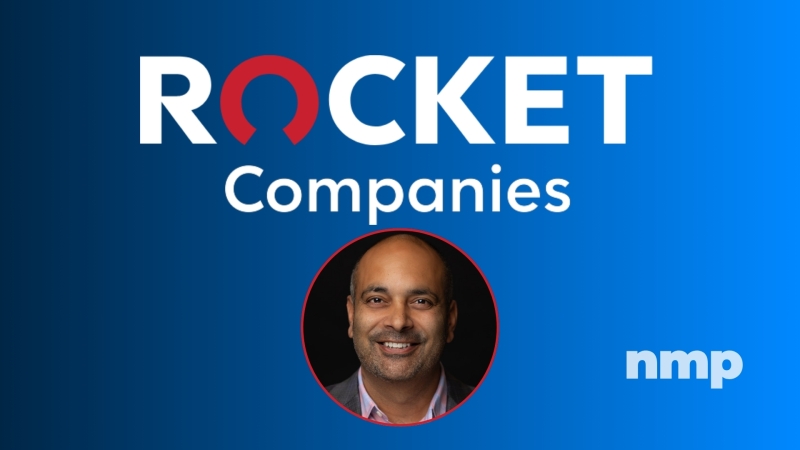
Chicago Fed: Potential First-Time Homebuyers Pool Is Shrinking

Higher home prices, higher rates mean bigger affordability hurdles for consumers.
Two researchers for the Chicago Federal Reserve Bank have reached the conclusion that the pool of potential homebuyers at the lower end of the income spectrum may be increasingly priced out of the market.
The Home Ownership Affordability Monitor (HOAM) index from the Federal Reserve Bank of Atlanta shows that U.S. home ownership affordability started declining in about March 2021. Home price increases drove most of the initial decline in affordability, while the increase in mortgage rates had become the dominant factor by mid-2022.
The Chicago Fed researchers, Max Gillet and Cindy Hull, determined, “The median income of the first-time homebuyer is now meaningfully above the median U.S. household income for the first time in (10) years.”
The researchers added, “It appears likely that in 2022 the income required for a home purchase increased much more than the income gains made by the median U.S. household. Using loan-level data in eMBS, we observe a compositional shift in who can buy a home given current home prices and mortgage rates. Those who successfully purchase homes now have relatively much higher incomes than the typical consumer.18 This suggests that households with below-median incomes are facing an even greater struggle with affordability in today’s housing market, potentially losing out on this gateway to wealth accumulation that has been a cornerstone of the American dream.”
The researchers said in the U.S., homeownership is often described as part of the “American dream,” a way for consumers to accumulate wealth and gain other economic benefits. Almost two out of three U.S. households own the home they live in, a relatively stable amount over the last decade. Buying a home is usually the largest investment that a consumer will make, and the purchase price usually far exceeds what most can afford out of their current savings. In 2022, roughly 70% of home purchases were made with the help of mortgage financing.
Starting in early 2022, U.S. consumers faced a rapidly changing housing market due to continued increases in home prices and a sharp rise in mortgage rates that occurred alongside increases in short-term interest rates. The decline in affordability since then has been notable. Suppose that in June 2023 the typical U.S. household purchased a typical home at the median purchase price of about $349,000, financed with a 20% principal down payment and a 30-year fixed-rate mortgage at the average national borrowing rate of 6.71%.
This homeowner’s monthly mortgage payment toward principal and interest would total about $1,803, a 69% increase when compared to the same metric from December 2021. Higher interest rates were the primary driver of higher mortgage rates, but the rise in home prices compounded the affordability challenge.




